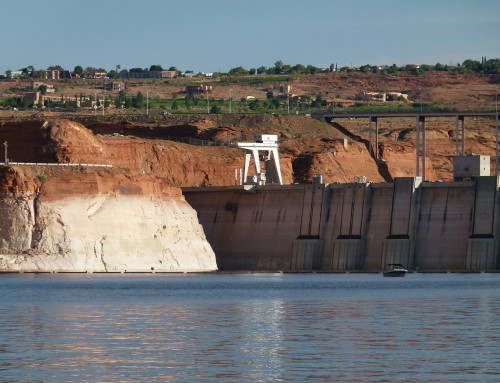
Testing fuel to determine its energy content
ZIMSEC O Level Combined Science Notes: Experiment:investigating fuel efficiency
Aim: To determine the amount of heat liberated when different liquid fuels burn
Materials: 2 spirit burners, wooden block, clamp and stand, meths, paraffin, thermometer, draught shields, clamp, beaker, water, tripod stand, measuring cylinder
Method
- Pour 100cm3 of water into a beaker
- Record the temperature of the water
- Fill one spirit burner with meths/methylated spirit
- Place the burner under the beaker and heat the water
- Stir the water constantly and extinguish the flame when the temperature of the water has increased by 20°C
- Note the temperature of the water
- Reweigh the burner taking note of how much fuel has been burnt
- Repeat this experiment using paraffin as the liquid fuel
Results/Observations and conclusion
- Less paraffin in terms of weight is required to raise the temperature of the water by 20°C
- More meths( ethanol) is required to raise the temperature of the water by 20°C
- However paraffin produced smoke and soot that made it a less ideal fuel to use in meth burners
Conclusion
- Paraffin has more energy per gram than ethanol
- Paraffin is difficult to burn completely in air
- It produces smoke and soot due to incomplete combustion
- Different fuels have different energy content
- The table below shows the energy content of various fuels
| Solid Fuels | Wood Coal Coke Charcoal | 17 26 28 33 |
| Liquid Fuels | Ethanol Petrol Paraffin Diesel | 30 44 48 55 |
| Gas Fuels | Biogas Coal gas Butane Methane Hydrogen | 40 43 50 55 60 |
To access more topics go to the Combined Science Notes page.



